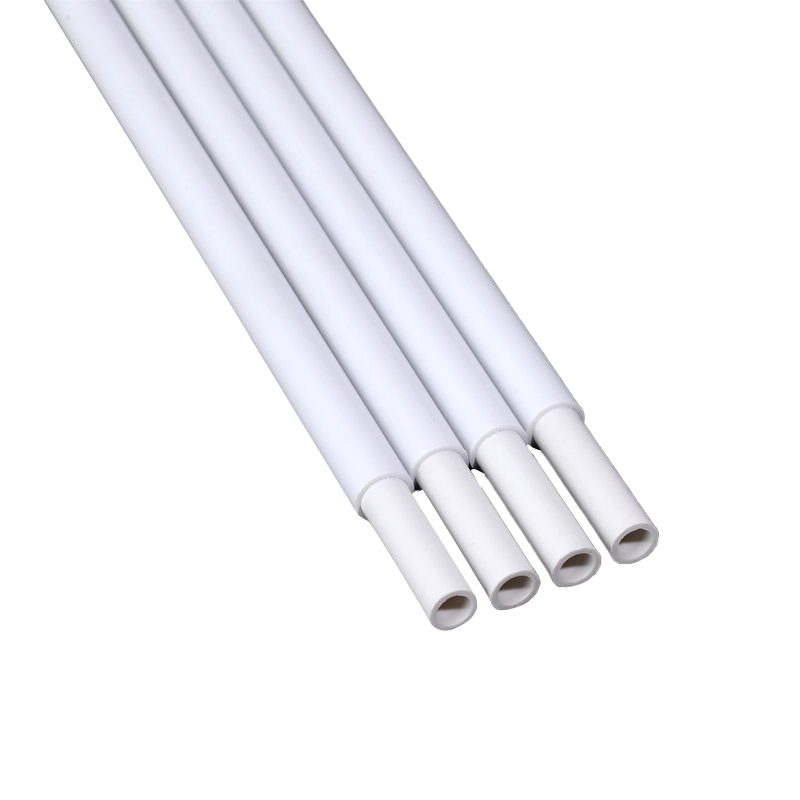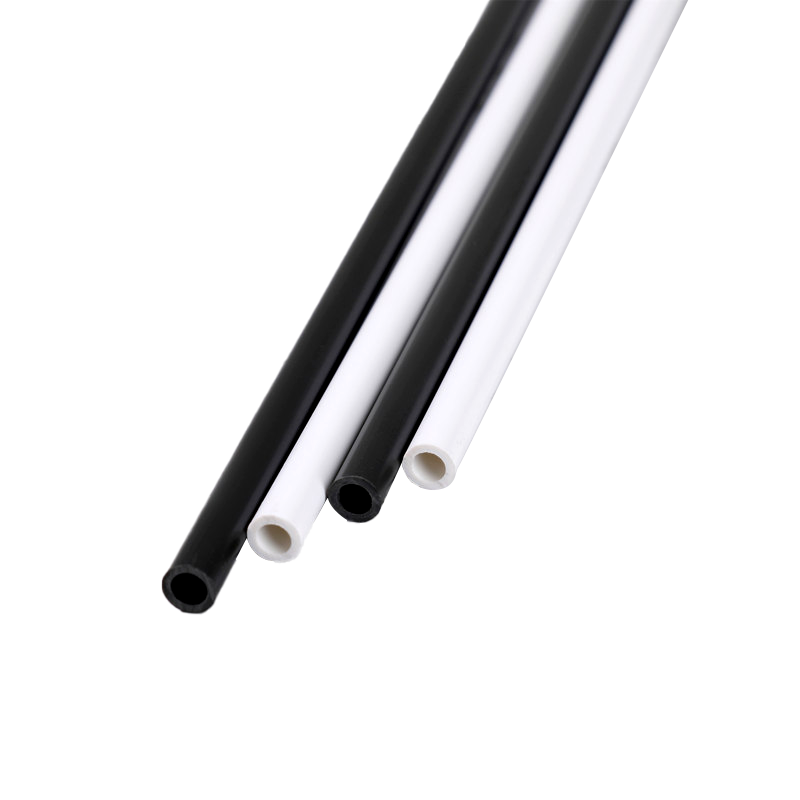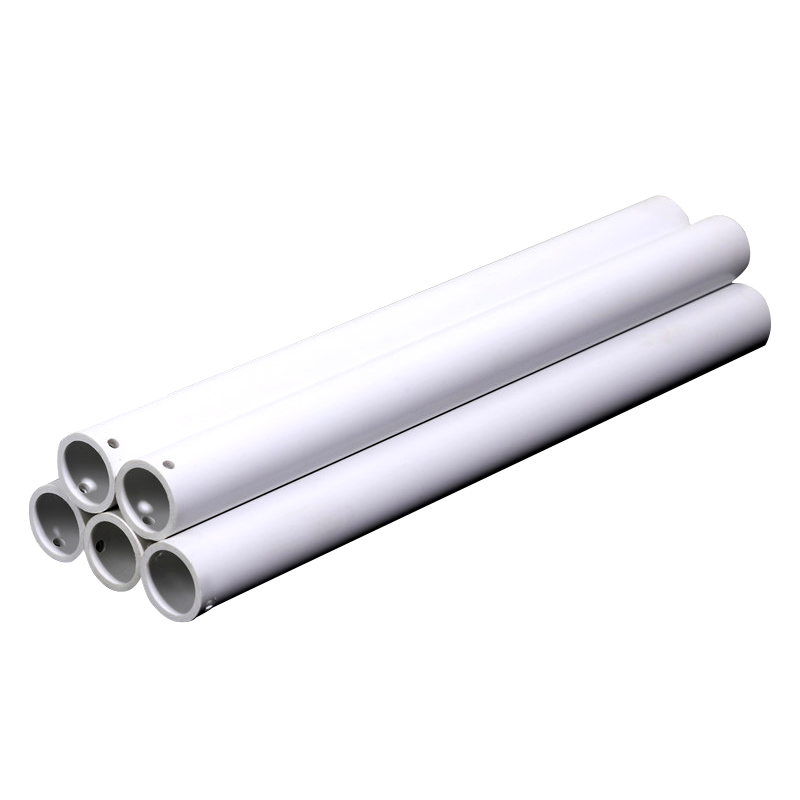Search by posts
Product category
Industry News
 By Admin
By Admin
Does an indoor outdoor flagpole need rust protection?
Indoor Outdoor Flagpoles are a common feature in homes, schools, offices, and public spaces. Whether installed indoors or outdoors, they serve both functional and symbolic purposes, displaying national flags, organizational banners, or decorative flags. Among the critical considerations for flagpole longevity is rust protection, especially for flagpoles used outdoors. Understanding the risks of corrosion and the measures to prevent it is essential for maintaining the appearance, structural integrity, and safety of a flagpole.
1. Materials of Flagpoles
The need for rust protection largely depends on the material of the flagpole. Common materials include:
- Aluminum: Lightweight, corrosion-resistant, and generally does not rust. Ideal for both indoor and outdoor use.
- Steel: Strong and durable but susceptible to rust, especially when exposed to moisture and air. Requires protective coatings to prevent corrosion.
- Fiberglass: Non-metallic and does not rust. Resistant to weather, making it suitable for outdoor environments.
While aluminum and fiberglass flagpoles naturally resist rust, steel flagpoles require active rust protection, especially for outdoor installations.
2. Why Rust Protection is Important
Rust, or iron oxide, occurs when iron or steel reacts with oxygen and moisture. For flagpoles, rust can lead to several problems:
- Structural Weakness: Corrosion gradually weakens the metal, increasing the risk of bending, breaking, or collapsing.
- Aesthetic Damage: Rust stains and discoloration reduce the visual appeal of the flagpole. This is particularly concerning for institutions or public spaces where appearance is important.
- Safety Hazards: A weakened, rusted flagpole may fail during high winds or storms, posing danger to people and property nearby.
Therefore, rust protection is not merely cosmetic—it is a critical safety and maintenance concern.
3. Indoor Flagpoles and Rust
Indoor flagpoles are typically not exposed to rain, humidity, or harsh weather, so the risk of rust is minimal:
- Aluminum and Fiberglass: Indoor flagpoles made from these materials usually do not require additional rust protection.
- Steel Indoor Flagpoles: Even indoors, steel can corrode over time if the environment is humid or near air conditioning systems that produce condensation. Applying a protective coating or regular maintenance can help prevent rust.
Overall, indoor flagpoles generally need minimal rust protection compared to outdoor installations.
4. Outdoor Flagpoles and Rust
Outdoor flagpoles face constant exposure to weather conditions, making rust protection crucial:
- Rain and Snow: Water accelerates the oxidation process, causing steel flagpoles to rust faster.
- Humidity and Coastal Environments: Salt in coastal air and high humidity levels increase corrosion risk.
- Temperature Fluctuations: Repeated heating and cooling can cause expansion and contraction of metal, leading to microcracks where rust can form.
For steel flagpoles, common rust protection methods include:
- Powder Coating: Provides a durable, weather-resistant layer over the metal surface.
- Galvanization: Coating steel with zinc to prevent oxidation.
- Regular Painting: Applying corrosion-resistant paint helps block moisture and oxygen.
- Routine Inspection and Maintenance: Checking for scratches, cracks, or chips in protective coatings and repairing them promptly.
Even aluminum flagpoles benefit from anodizing or clear protective coatings in harsh outdoor environments to prevent surface oxidation and maintain appearance.
5. Additional Considerations
- Mounting Hardware: Nuts, bolts, and brackets can also rust if made from untreated steel. Stainless steel or galvanized fasteners are recommended.
- Flag and Rope Contact: Friction from ropes and flags can wear down protective coatings, exposing metal to moisture. Regular inspection and maintenance are necessary.
- Environmental Factors: Urban pollution, acid rain, and industrial emissions can accelerate corrosion even on treated flagpoles.
6. Maintenance Tips
To extend the life of a flagpole and prevent rust:
- Choose the Right Material: Aluminum, fiberglass, or galvanized steel for outdoor use.
- Apply Protective Coatings: Powder coating or paint specifically designed for outdoor metal.
- Inspect Regularly: Check for signs of rust, scratches, or peeling coatings.
- Clean the Surface: Remove dirt, debris, and salt deposits to reduce corrosion risk.
- Use Stainless or Galvanized Hardware: Prevent rust at joints and mounting points.
Conclusion
In conclusion, whether an indoor-outdoor flagpole needs rust protection depends largely on its material and installation environment.
- Indoor flagpoles: Usually low risk of rust, especially if made from aluminum or fiberglass. Steel poles indoors may benefit from occasional coating or maintenance in humid environments.
- Outdoor flagpoles: Rust protection is essential for steel poles due to exposure to rain, humidity, and harsh weather. Protective coatings, galvanization, and regular maintenance significantly extend the lifespan and maintain safety and aesthetics.
Investing in rust protection and proper maintenance ensures that a flagpole remains durable, visually appealing, and safe for years of indoor or outdoor display.

Recommended products
-
2023 New Cheap Plastic Pipe Multiple Colors And Sizes Custom Hand Waving Flagpole
-
Wholesale Custom Pvc Material Indoor Desktop Flagpole Hand Waving Flagpole
-
Customizable Size Custom Logo Plastics Hand Waving Flagpole Big Pvc Flagpole
-
Plastics Hand Waving Flagpole Factory Direct Custom Wholesale PVC Flagpole Parts Pipe
-
Custom Easy Install Safety Flagpole Pvc China Factory Hand Waving Flagpole
-
New Popular Product Transparent Pvc Flagpole Custom Size Hand Waving Flagpole
-
2023 High Quality Hand Waving Flagpole Big Or Small Flagpole Size Custom
-
Fast Delivery Promotion Factory Wholesale Flagpole Pvc Pipe Hand Waving Flagpole
-
2023 Personalized Custom Desk Hand Waving Flagpole Outdoor White Flagpole
-
Wholesale 2023 Hot Sale Used Flagpole Weight Custom Pvc Hand Waving Flagpole
-
Wholesale Products Cheap High Quality Hand Waving Flagpole Newest Sections Flagpole
-
Wholesale Cheap High-Quality Hot Sale Flagpole Cylindrical Hand Waving Flagpole

 +86-0573-88528475
+86-0573-88528475 English
English русский
русский












